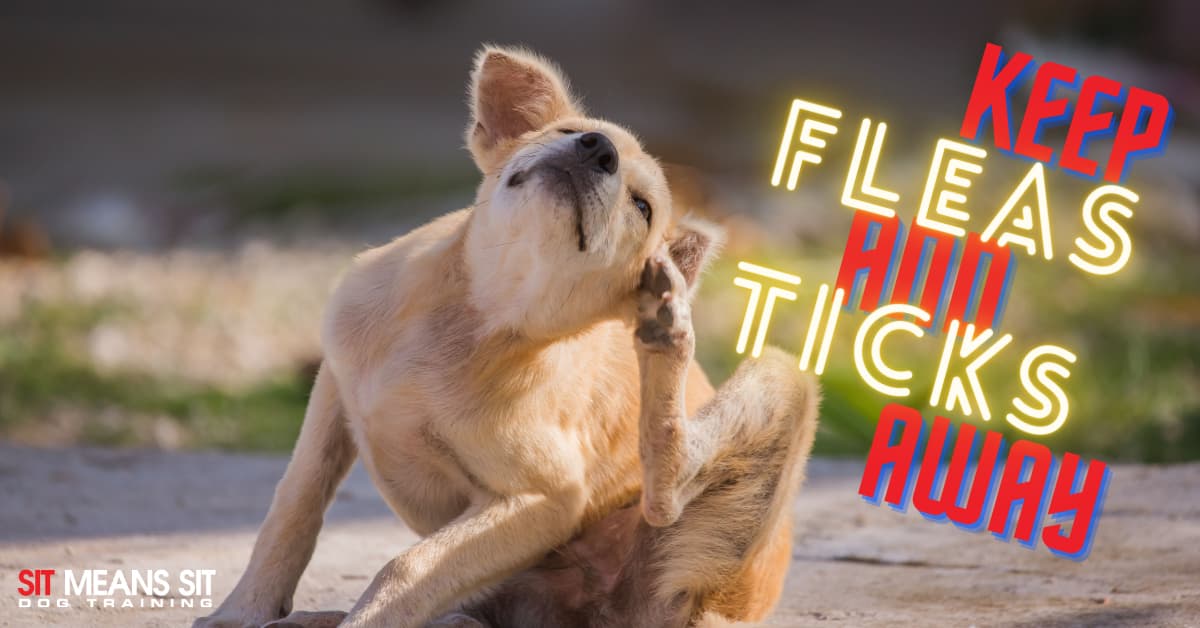
How to Keep Your Dog Safe from Ticks & Fleas
As it heats up outside, you may be itching to spend some more time outside with your dog. Just try to make sure it doesn’t leave your dog itching too!
Spending more time outside leaves more time for your dog to catch fleas or ticks. Here are some things you should know about fleas and ticks and how to keep them off of your pooch.
Fleas
The most common pest you are going to see on your pup is going to be fleas. Fleas are parasites that can live for anywhere from two weeks to a year, during which time they can produce millions of offspring. If your dog has fleas it can cause some health issues such as anemia or even internal parasites which can be difficult and expensive to treat.
Some symptoms of fleas include excessive scratching, licking, or biting of the skin, scabs, hair loss, pale gums, and tapeworms. They are most commonly noticed on a dog’s abdomen, the base of the tail, or the head.
How to Treat Fleas
If you suspect your dog might have fleas, call your vet to discuss a treatment plan. This plan may include:
- Anti-flea shampoos, sprays, or powders
- Thorough cleaning of your house, including all fabrics such as rugs, bedding, and upholstery
- Lawn treatments if this is where your pooch was infected
- Patience – getting rid of fleas usually does not happen overnight
Ticks
Ticks are small parasites that latch onto your dog and feed on their blood. Before they bite, a tick can be the size of a pinhead so their presence may not be noticeable for a while.
The danger of ticks, however, is that no matter what size they are, they can transmit many diseases through their bite. Some issues that could arise from a tick bite include blood loss, anemia, skin irritation, infection, and Lyme disease.
To help prevent your dog from experiencing the complications of a tick bite, check them often for ticks during the warmer months when ticks are most active. To check for ticks, run your hands carefully over your pet and pay extra attention to the inside and outside of the ears as well as their head and feet.
How to Treat Ticks
Protect yourself by putting on a pair of latex or rubber gloves so that you don’t have direct contact with the tick. Use a clean pair of tweezers to grasp the tick as close to your pet’s skin as possible and pull straight upwards. The best way to kill the tick once it’s been removed is to put it in a jar with rubbing alcohol and a lid. Once it is for sure dead you can flush it down the toilet or the drain. However, if your dog contracted an infection or disease from this tick, keep it in the jar and bring it to your vet for evaluation.
Prevention
There are many products on the market that will help treat or prevent fleas and ticks. The most common is NexGard but consult your vet about which one is right for your dog.
While fleas and ticks can spell trouble for your dog, if you take the proper steps to prevent them and care for them you are sure to have fun in the sun with your furry friend.
